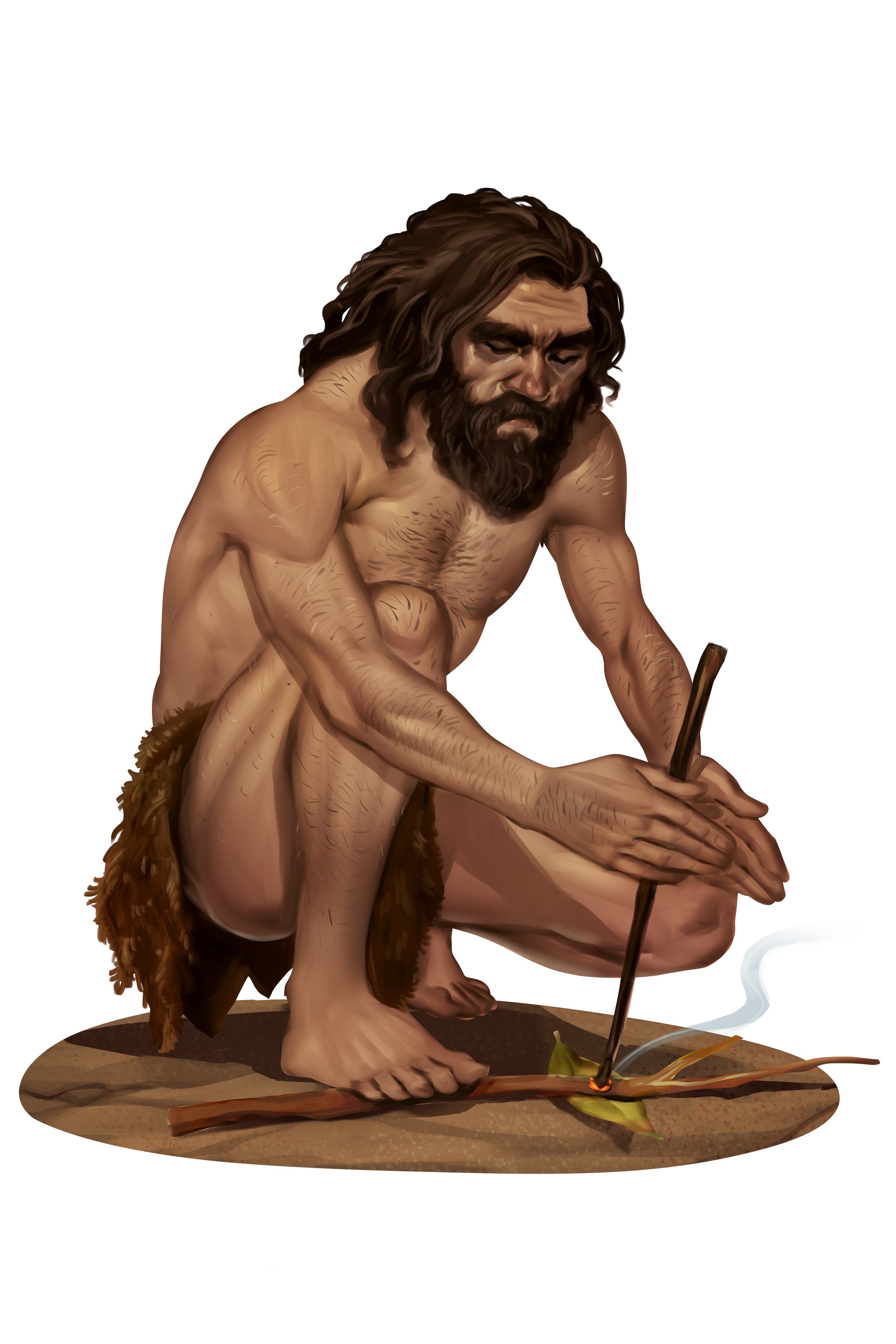
Learn while laughing: Laugh while learning.
Today I read a book.
It made me laugh,
And made me ask.
This unassuming book.*
A collection of learning activities to complement Mooge: The Prehistoric Genius
Classroom discussion topics, comprehension and grammar tests, writing exercises, drawing fun and puzzles.
Learning Resources
AI generated image of Flair and Dog, the clever ones!
What can Mooge teach us?
The adventures of Mooge are entirely make-believe, silly and fun but designed to encourage young readers to think about where things come from, not taking for granted all the comforts we enjoy today and the amazing technologies that make our lives easier.
Children learn best when they are having fun. I hope Mooge inspires their interest in wanting to learn more about the prehistory era or he at least sows a seed to blossom later. And while their interest is piqued, Mooge will help improve their reading, with 80% of the words from the National Curriculum Spelling List (UK) for years 3 and 4 included. Through the rhymes, they will better understand how the English language can be shaped in many different ways to tell a story, while broadening their vocabulary.
This page provides access to some resources designed to complement the reading of Mooge: the Prehistoric Genius, giving a better insight into the impact of the prehistoric era and helping children develop an interest and understanding in our ancient past and origins.
While our prehistoric ancestors were not formally educated, they were no less intelligent. They used that intelligence to survive in the hardest of times, understanding and living as one with nature. We modern humans have grown further and further detached from nature, and it is our complex society and technology we rely on to survive, rather than our own skills and knowledge. Yet it is what we have forgotten that form the building blocks of our own lives. If you look around your house, every item can trace its story back to one of the developments from prehistory.
We all have something to learn from the past, no matter how far back we look.
Click on the buttons below to access a range of free learning resources via Dropbox
With Activity Three you can select an easy version with multi-choice or the harder version where the kids have to come up with their own rhyme.
Activity Four is best done as a teacher led, whole-class exercise. Start with an open discussion to see if class members can identify how a modern day device, such as a games console, relates to the advances made during prehistory. Then you can see if they can place the words on sheet two into the columns. After the initial activity sheets there is a teacher guide, so you can provide appropriate context for the class. I’ve also created a blank template if you wanted to create your own with other objects.
Activity Seven is designed to be printed on A3 paper to allow children to colour in some scenes from Mooge
There are other great sources online for learning activities and information. As with any web-based material, always check the information is evidence-based.
The American Natural History Museum has a dedicated learning app for children called Ology, which includes a section on anthropology and archaeology. Not all is about prehistory, but it does provide an insight into the techniques of understanding the ancient past.
The British Natural History museum website has a section dedicated to Human Evolution. Much may be too detailed for primary learning but it has some useful information and videos, such as how to make a flint stone tool.
The podcast series, The Ancients, has a number of excellent episodes covering the prehistoric era and the origins of items covered in Mooge.
Watch how stone tools were made with this Natural History Museum video
* written by Nate Wrey
